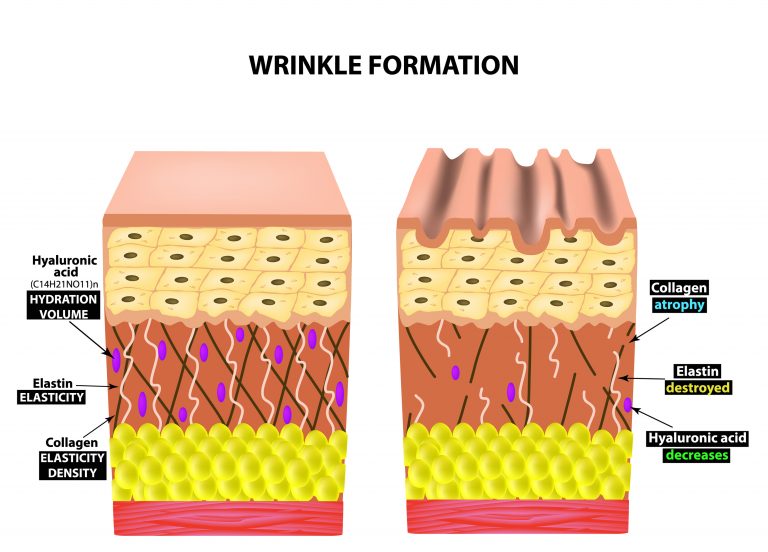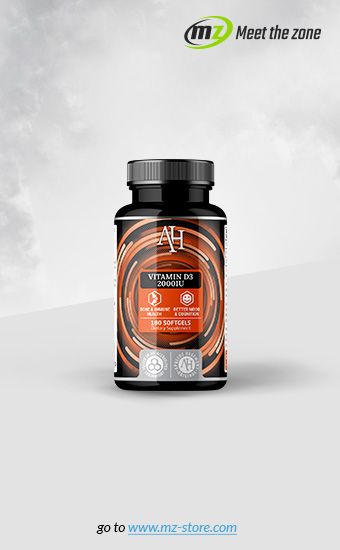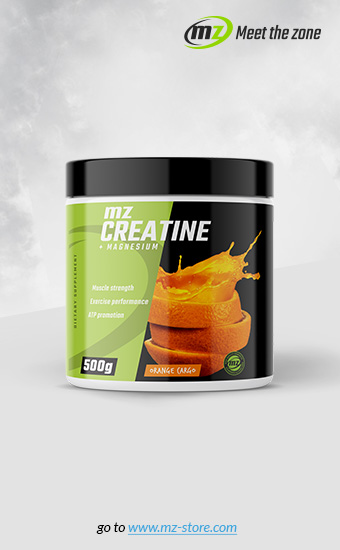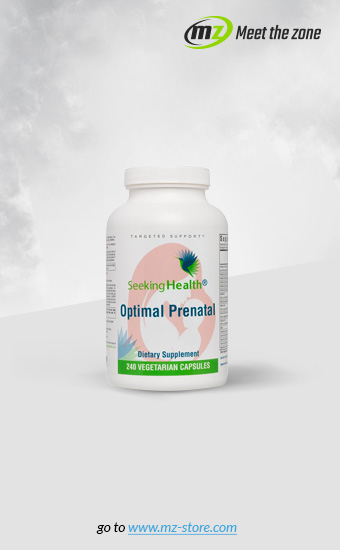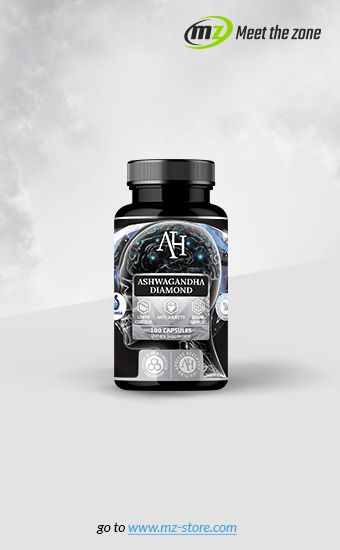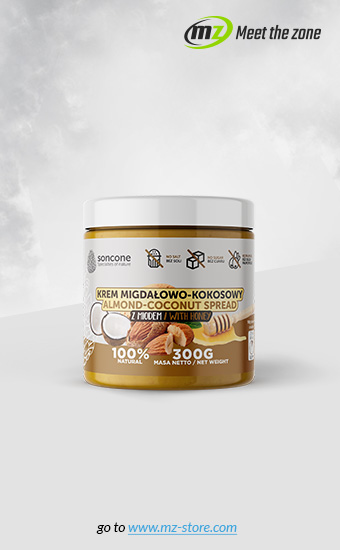Known as the beauty elixir, collagen is the glue that holds our skin together as the main component of connective tissues. Collagen works its magic alongside elastin to keep skin bouncy and taut, so it’s no wonder we want more!
As collagen production reduces as early as our mid 20s, the plump and moist texture we once knew begins to fade, and there’s only so much skin creams can do for dry skin and fine lines. Luckily there’s strong evidence to show that the foods we eat can boost collagen production.
- Eat foods rich in collagen
Collagen can’t be created from thin air. It is a structural protein made up of three amino acids - glycine, proline, and hydroxyproline. A simple way to maintain collagen in your skin is to eat collagen itself, derived from animal products. Bone broth, chicken skin, fish skin and eggs are particularly rich sources.

Collagen supplements derived from these foods are an easy way to top up your levels too. If you go down the supplement route, look out for collagen that has been hydrolysed as this breaks down the amino acids into smaller molecules, making it much easier for your body to absorb.
- Increase collagen production within your body
If you aren’t keen on sipping on bone broth or having daily supplements, another effective way to build collagen is to provide your body with the building blocks to make it. In addition to meat and fish, the three key amino acids can also be found in plant-based foods, dairy and eggs.
Glycine is rich in green leafy veg (watercress, spinach and seaweed), sunflower seeds, sesame seeds, soy beans, peanuts and eggs.
Proline is predominantly found in grains (wheat, rye, barley, oats), seaweed, sunflower seeds, sesame seeds, pumpkin seeds, soy beans, peanuts, kidney beans, peas, cheese, milk and eggs.
Hydroxyproline is found in flaxseeds / linseeds, peanuts and cheese.
Combining these foods to ensure that you have all three amino acids gives your body the raw materials to build collagen. Peanut butter on wholegrain seeded toast, or a spinach omelette with cheese would be winners.
Your body will also need a helping hand from vitamin C, key in the processes involved to form collagen structurally. Red peppers, kiwi fruit, and broccoli are all very rich sources, even higher than citrus fruits.
To highlight just how important vitamin C is, a deficiency can result in scurvy, a disease where the connective tissues in the skin cannot hold together, and skin becomes extremely dry, scaly, and breaks down.
Zinc and copper are also required for production of collagen, so be sure to include meat, shellfish, chickpeas, lentils, nuts and seeds.
Massaging your skin can also stimulate collagen production, so why not spend a few extra minutes each day rubbing moisturiser into your skin after having a shower to keep moisture locked in and skin cells stimulated.
- Protect the collagen you have
While collagen production naturally decreases with age, we should be reserving the precious collagen we have.
The culprits for speeding up the breakdown of collagen include sugar, processed foods (containing heat damaged oils), excessive sun exposure, pollution, alcohol and smoking. While in moderation these are unlikely to do significant harm, overdoing it can take its toll on your skin.
Antioxidants found in brightly coloured fruits and vegetables can help to protect against these free radicals which break down collagen. Vitamin A is particularly protective, sourced from orange coloured such as carrots, apricots and green leafy veg (kale, spinach).
